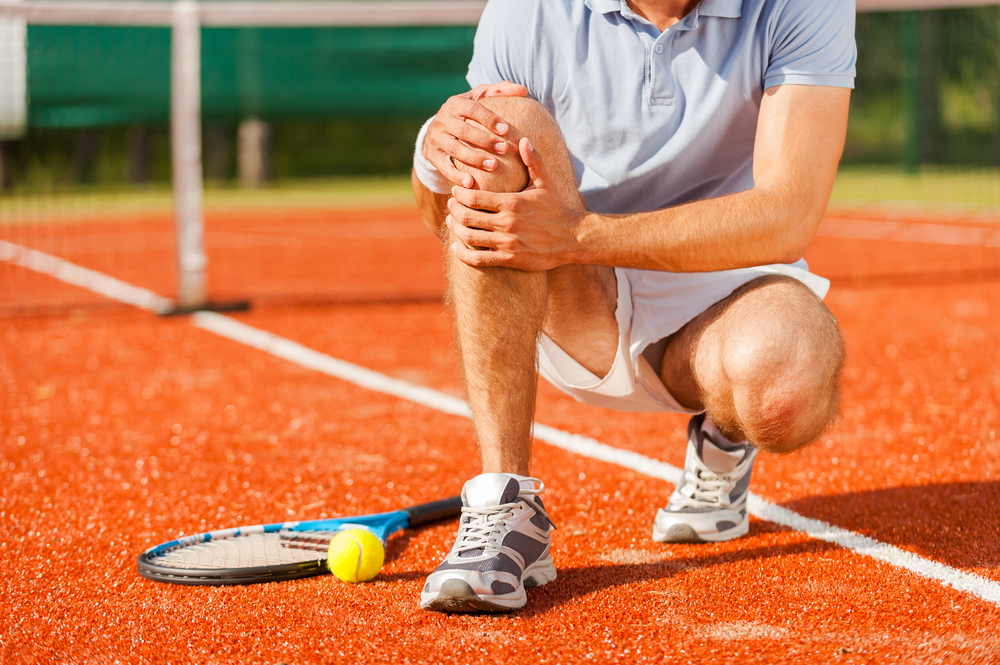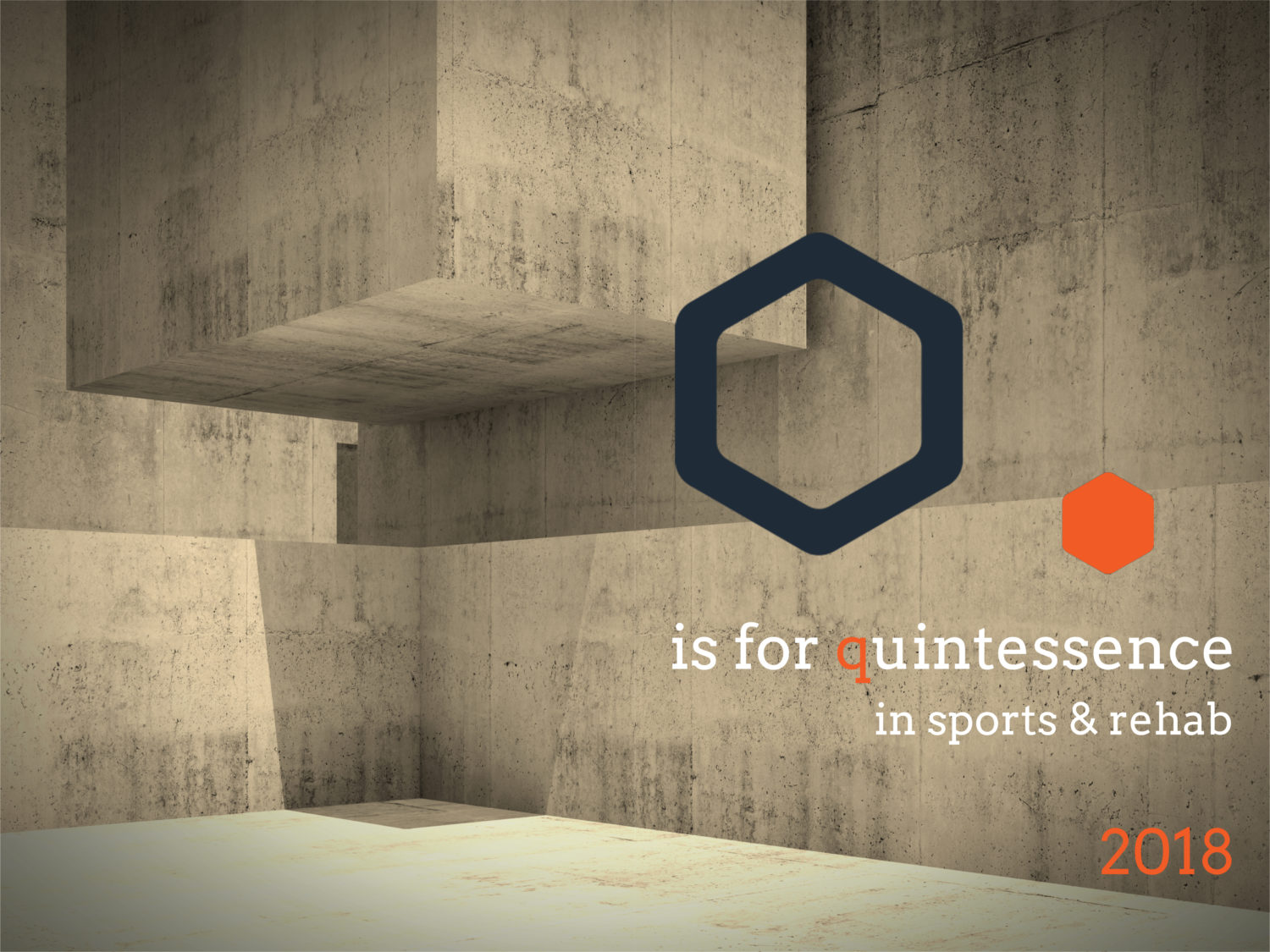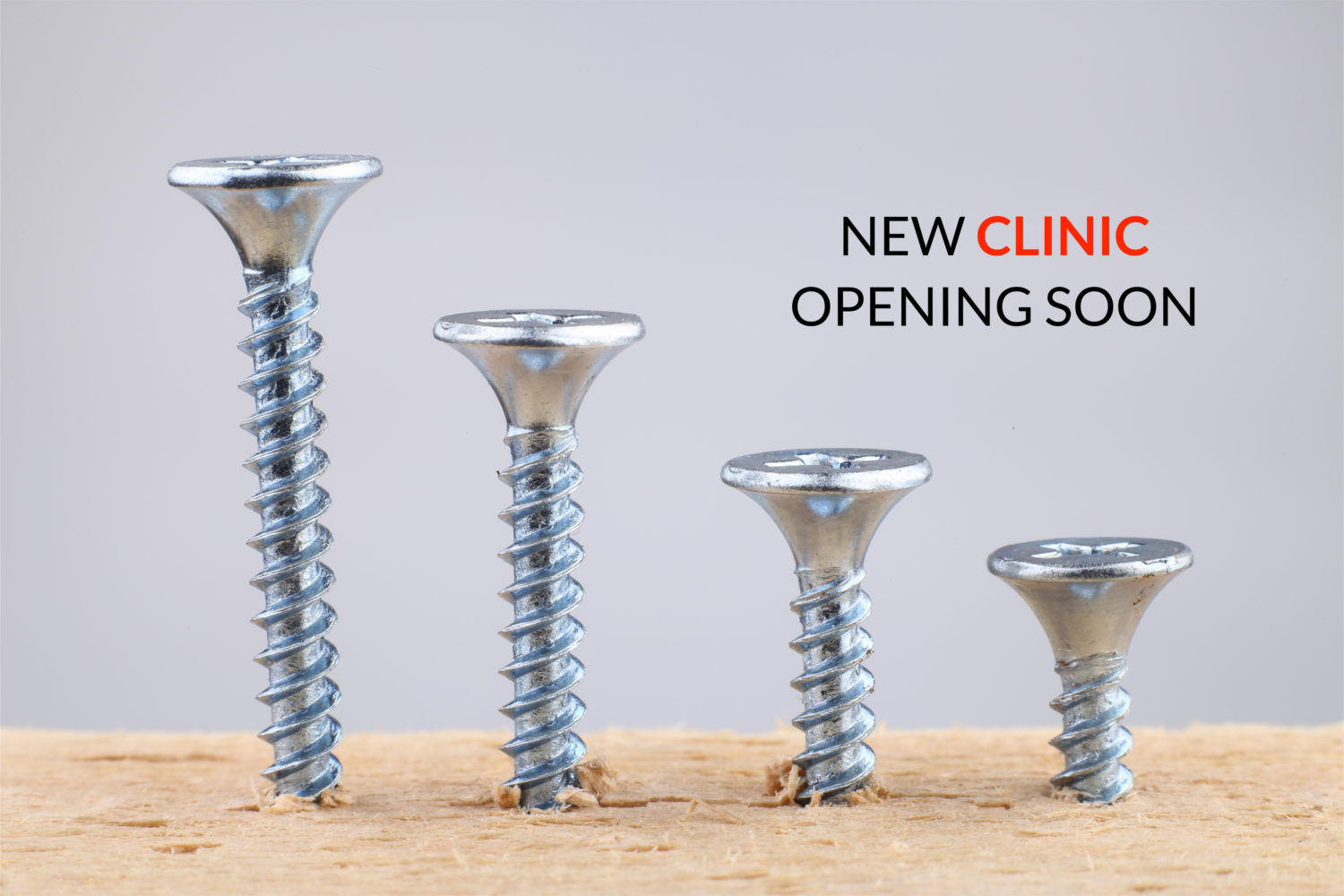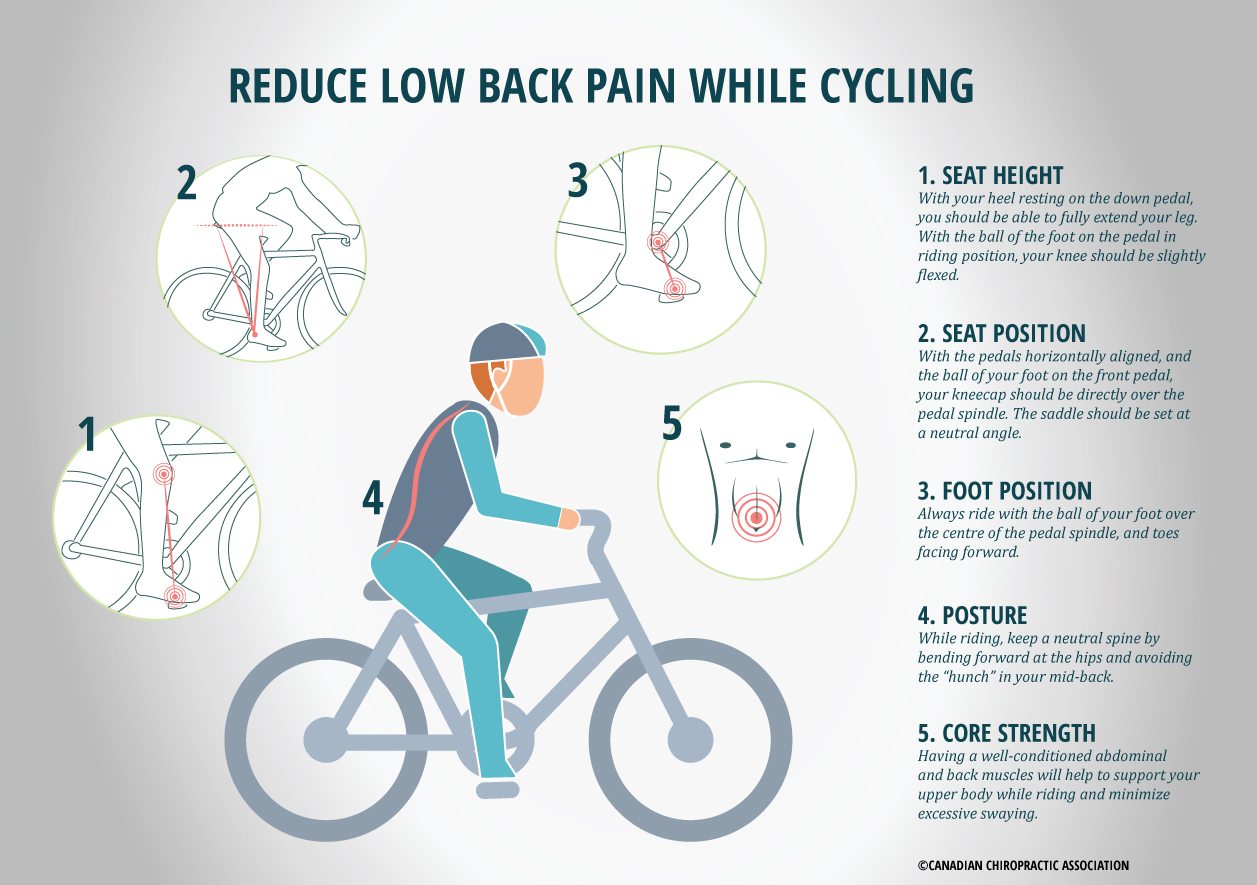Tennis is one of the top 5 most played sports in the world. It’s a complex physical sport requiring upper and lower body movement mechanics combined with great hand-eye coordination, agility, speed, endurance, flexibility, muscle conditioning, coordination, balance, quick decision making, and mental strategy. Because of its complexity and popularity, the number of injuries from it is large. Other than the traumatic injuries such as ankle sprains/strains, majority of injuries in tennis are of repetitive overuse nature. Examples of these are tennis elbow and rotator cuff injuries. For professional tennis players, these overuse injuries usually develop from the nature of year-round competition and inadequate rest/breaks. For non-professional athletes, injuries usually arise from improper warm-up, inadequate conditioning, poor technique, and bad equipment.
Because of the non-traumatic and repetitive overuse nature of most injuries, many people neglect getting the proper treatments. Moreover, there is a culture of playing with an injury by simply masking the pain using pain medications and wearing braces. These injuries, like any other injury, should be treated adequately, and professionally, in a timely manner.
Dr. Khoshroo treats tennis injuries and other sports injuries in North Vancouver at QubeCore Sports & Rehab.
What are the most common tennis injuries?
- Tennis elbow (lateral epicondylitis)
- Golfer’s elbow (medial epicondylitis)
- Rotator cuff tendonitis
- Shoulder pain & pathology
- Carpal tunnel syndrome
- Muscle strains & tendonitis
- Low back pain
- SI joint pain
- Wrist sprain/strain
- Patello-femoral syndrome
- Ankle sprain/strain
- Calf muscle strains
- Achilles tendonitis
- IT band syndrome
- Plantar fasciitis
- Metatarsalgia
- Morton’s neuroma
- Stress fracture
What treatment options are available for tennis injuries?
Chiropractic manipulative therapy
Active Release Technique (ART)
Graston soft tissue technique
Kinesio taping
PNF stretching
Rehab program and tennis specific exercises
Custom orthotics
How does chiropractic manipulative therapy and joint mobilization help treat tennis injuries?

- Powerful and effective tool to help decrease joint restrictions
- Helps increase mobility and motion
- Increases flexibility
- Helps relax muscles and tendons around joints
- Reduces inflammation and pain
- Improves joint alignment and balance
- Common conditions treated: SI joint pain, low back pain, hip impingement, neck and shoulder pain, ankle and knee joint dysfunctions, wrist and elbow joint dysfunction
How does Active Release Technique (ART) help treat tennis injuries?
- Soft tissue movement based massage technique
- Treats conditions with muscles, tendons, ligaments, fascia, and nerves
- Combines precisely directed tension with very specific patient movements
- Releases tight and restricted tissues
- Breaks up adhesions and scar tissue
- Improves tissue flexibility and elasticity
- Decreases pain; increases healing
- Common conditions treated: tennis elbow, shoulder pain, rotator cuff tendonitis, plantar fasciitis, nerve impingement, ankle sprains, calf strains, knee tendonitis, carpal tunnel syndrome, hip impingement
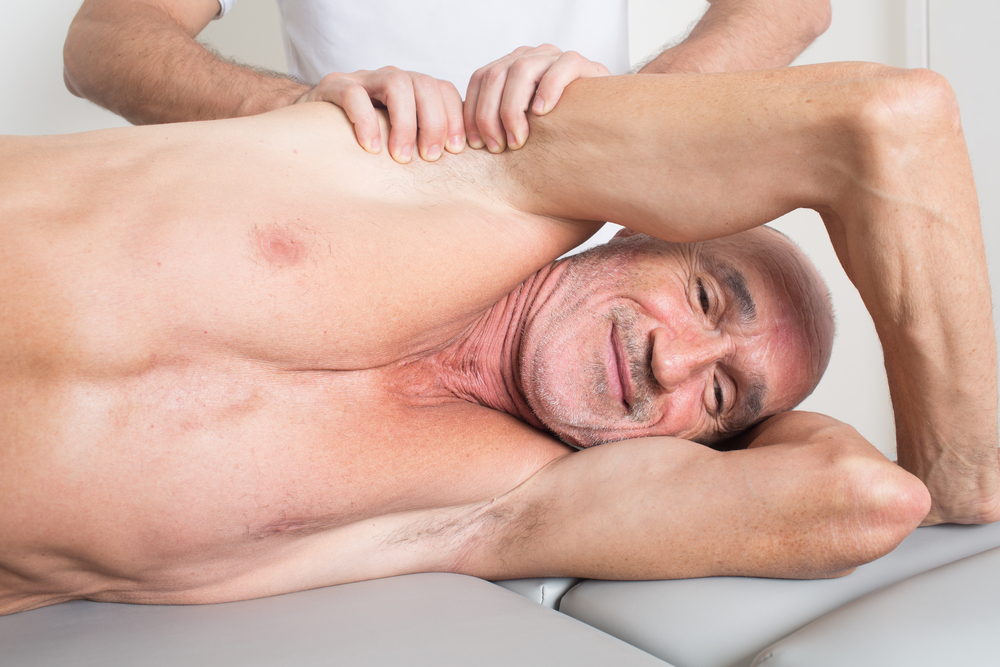
How does Kinesio taping help treat tennis injuries?

- Rehabilitative taping technique that is designed to facilitate tissue healing
- Provides support and stability to muscles and joints without restricting the body’s range of motion
- Improves circulation and healing
- Decreases pain, inflammation and swelling
- Increases proprioception and neuro-muscular feedback
- Improves muscular activation and facilitation
- Common conditions treated: tennis elbow, rotator cuff strains, abdominal strains, low back pain, shoulder and neck support, ankle stability and support, Achilles tendonitis
How does Graston soft tissue Technique help treat tennis injuries?
- Instrument-assisted soft tissue mobilization (IASTM) break down scar tissue and fascia restrictions
- Helps re-align fibers
- Increases the rate and amount of blood flow to and from the area; thus, increasing tissue repair mechanism
- Great for muscle strains, joint sprains, and tendonitis
- Common conditions treated: quad and hamstring strains, Achilles tendinitis, ankle sprains/strains, IT band syndrome, calf strains, tennis elbow
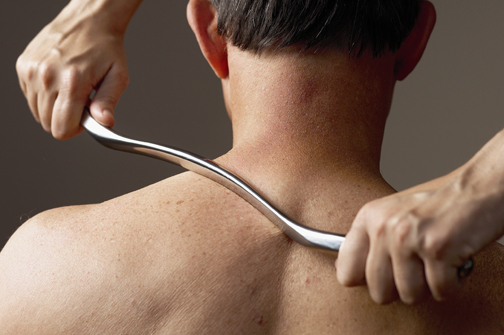
How does PNF stretching help treat tennis injuries?
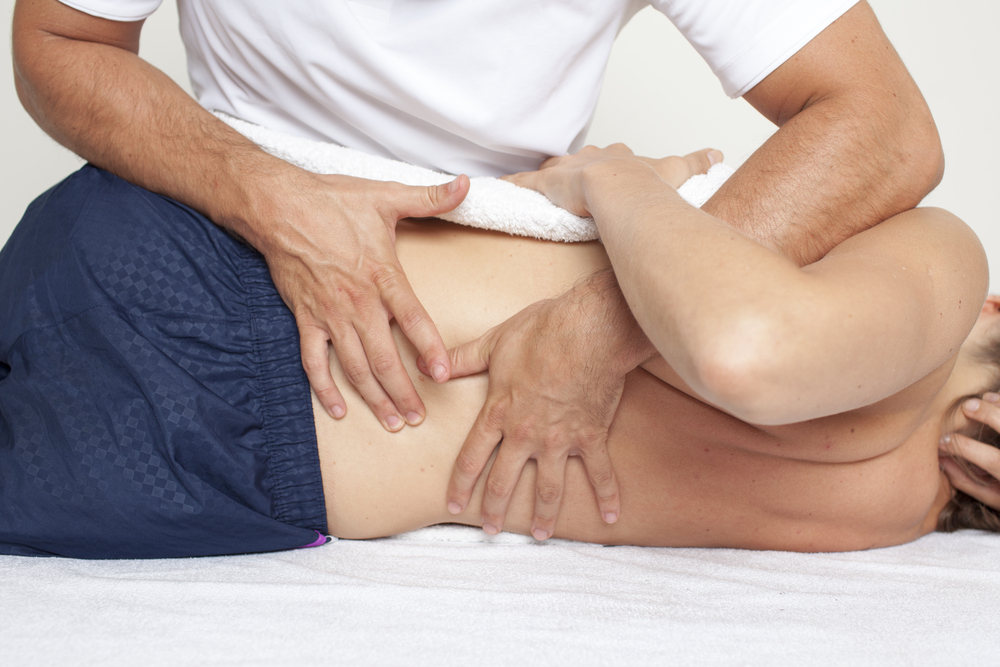
- PNF = Proprioceptive Neuromuscular Facilitation
- A more optimal type of stretching than regular stretching
- Involves the activation of neuro-muscular feedback loop, the stretch reflex, and intra-muscular fibers to help maximize tissue stretch
- Can be both passive and active
- Improves flexibility and minimizes tension
- Common conditions treated: iliopsoas syndrome, IT band syndrome, Achilles tendonitis, hip impingement syndrome, hamstring strain, quad strain, piriformis syndrome, low back pain, neck strains
How do tennis specific rehab exercises help treat tennis injuries?
- Tennis specific rehab exercises and stretches help target all the muscles, ligaments, tendons, and joints specific to the injury
- They are essential for MAXIMUM and FULL recovery as treatments alone are not enough in most cases
- The goals of rehab exercises and stretches for tennis injuries are to increase flexibility, increase strength, increase flexibility, increase stability, and increase range of motion
- Exercises and stretches are given in conjunction with treatments
- The timing of REHAB exercises & stretches is very important. Starting too early might cause further injuries or re-aggravation of symptoms. Starting too late might not provide a cumulative maximum effect as it would if it was in conjunction with therapy
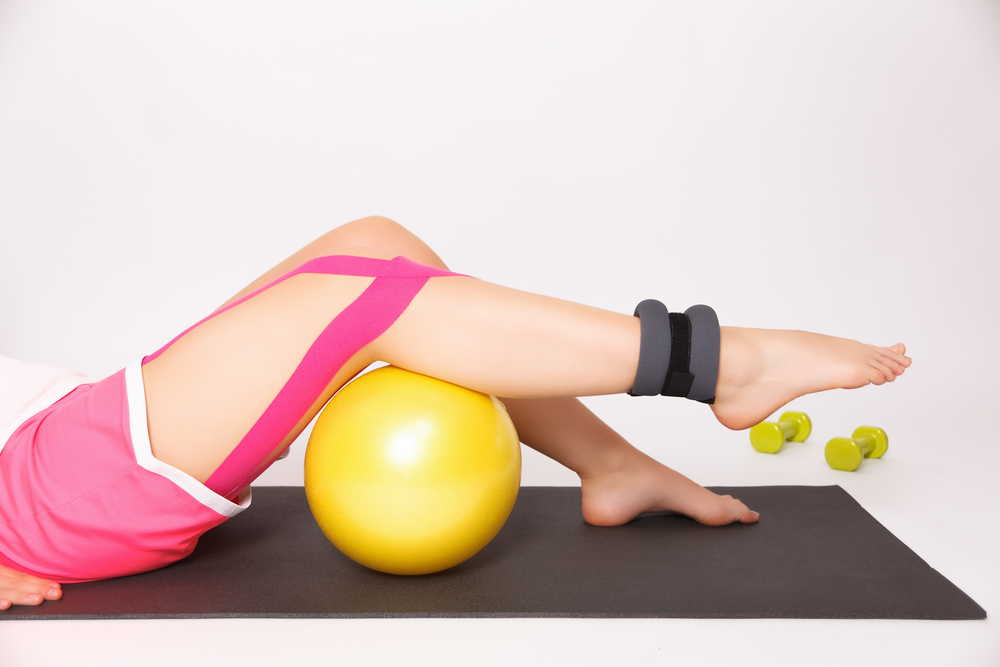
How do custom orthotics help treat tennis injuries?
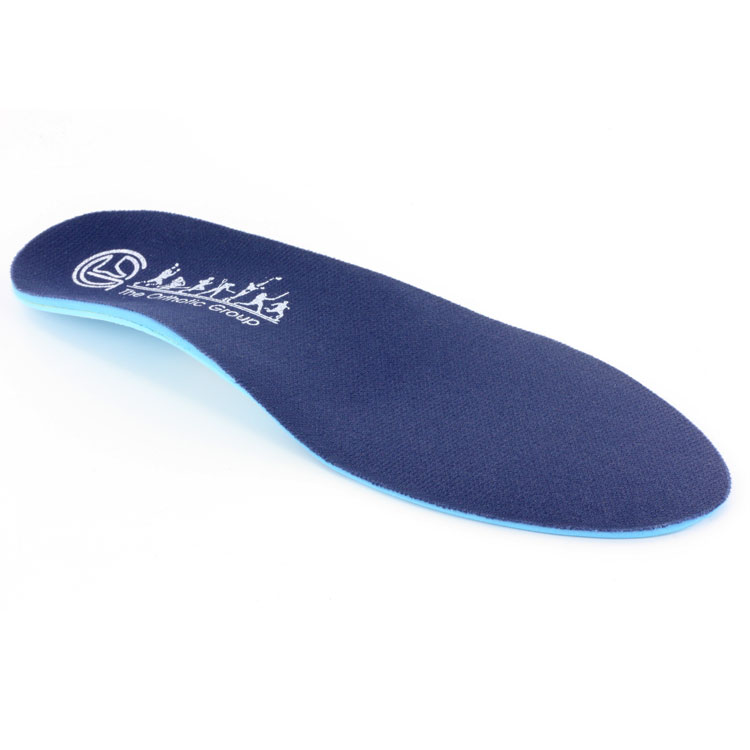
- Involves gait analysis and biomechanical assessment of movement mechanics along the kinetic chain
- Helps with correcting abnormal gait, imbalanced/poor biomechanics, flat feet, over-pronation, muscle overuse
- Balances movements on right and left
- Reduces strain on other joints such as knees and hips as well as low back
- Customized for your feet and specifically made for tennis shoes
- Common conditions treated: over-pronation syndrome, plantar fasciitis, Achilles tendonitis, metatarsalgia, Morton’s neuroma, adductor strain, IT band syndrome, flat feet, low back pain
Where can you get professional treatments for tennis injuries?
- Dr. Khoshroo treats tennis injuries and other sports injuries in North Vancouver at QubeCore Sports & Rehab
- Treatments for tennis injuries include a combination of chiropractic manipulative therapy, Active Release Technique (ART), Graston Technique, kinesio taping, PNF stretching, manual therapy, supportive and facilitative taping, soft tissue therapy, stretching, custom orthotics, and tennis specific rehab exercises
- An individualized injury-specific exercise/stretch program is also provided for all tennis injuries
- Dr. Khoshroo has his tennis coaching certification and has been a competitive level tennis player. He has also treated at tennis events such as The Stanley Park Open & Canadian ITF Tennis Championships

